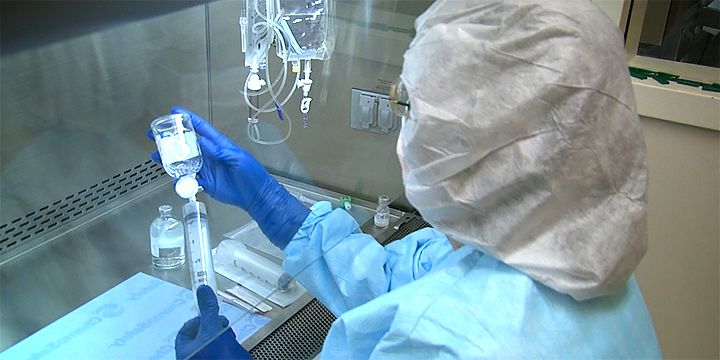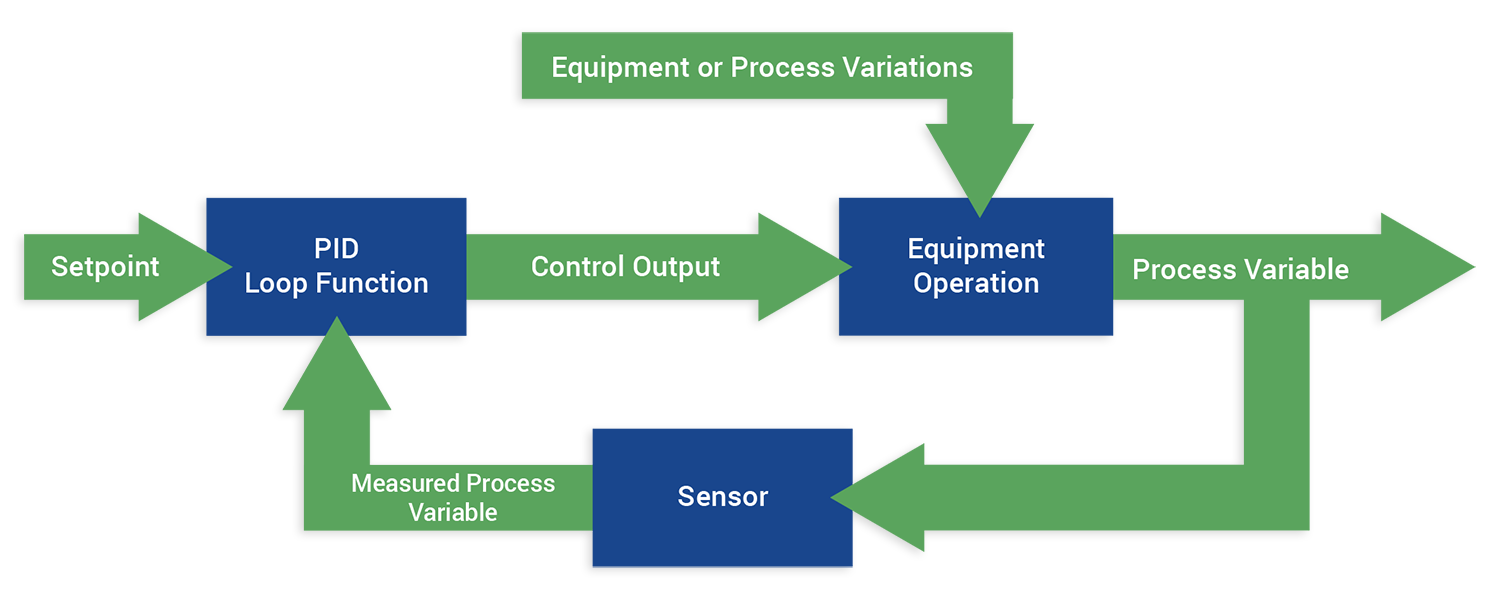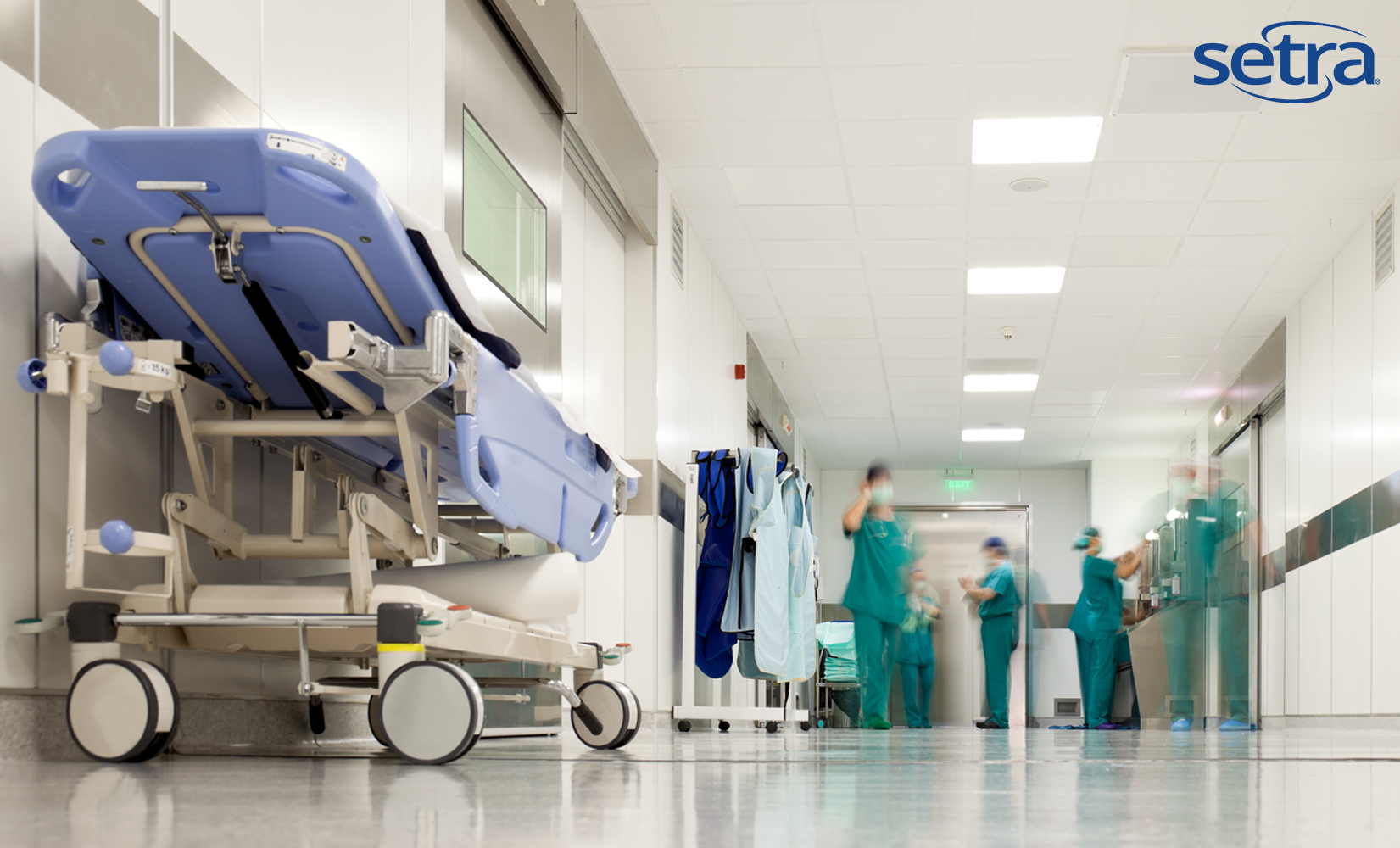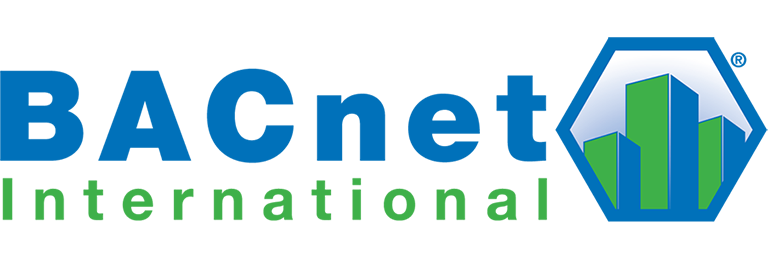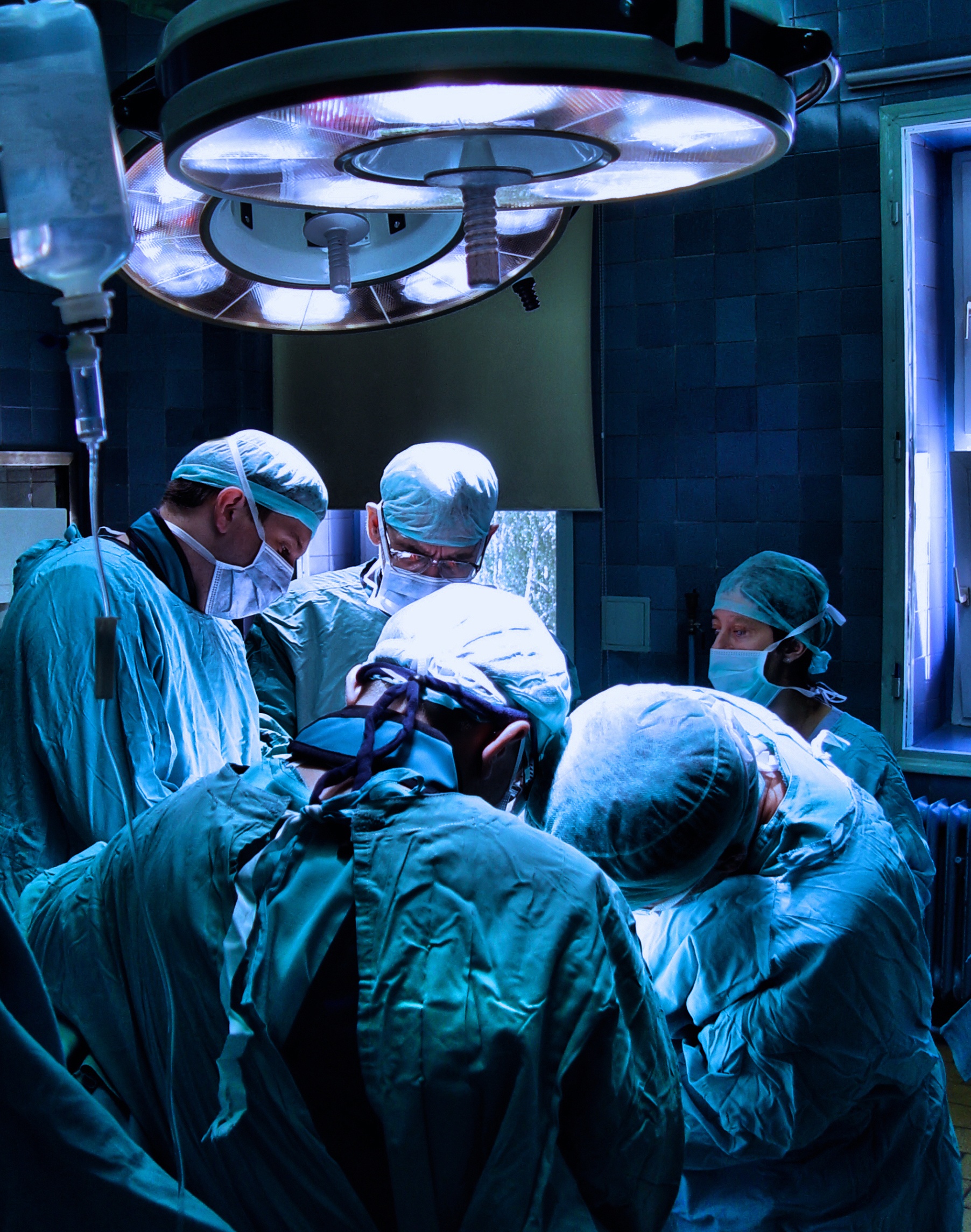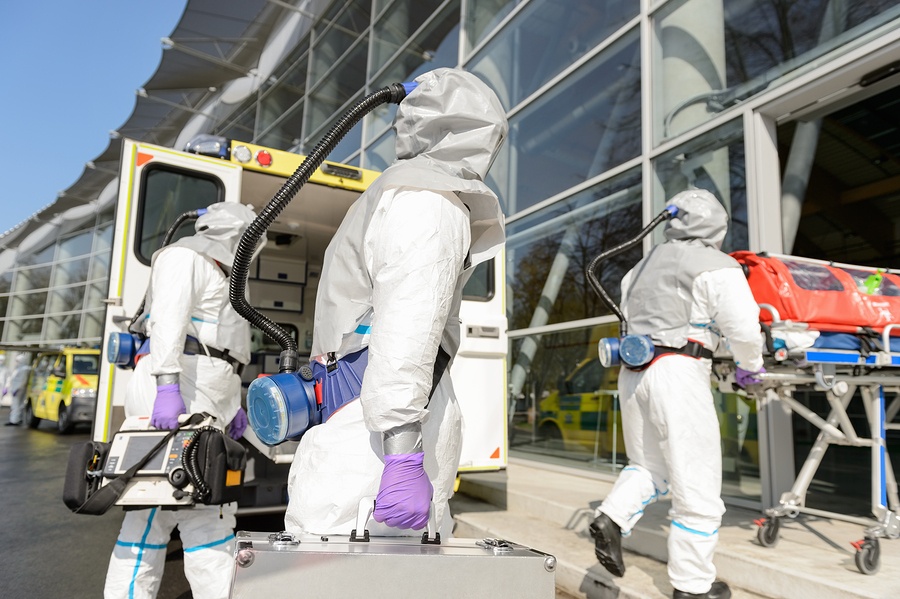Hospital pharmacies are unique because of the critical role they play in maintaining patient health and safety. Pharmacies that perform compounded sterile preparations (CSPs), in particular, must meet specific clean room standards to ensure sterile conditions are maintained. While there are many established environmental requirements in these spaces, some pharmacy managers are choosing to go the extra mile in exchange for added peace of mind.
Setra Blog
Mike Soper
Recent Posts
The regulation language in U.S. Pharmacopeia Standard 797 (USP 797) has long been the guiding principle for cleanliness in hospital pharmacies that treat cancer patients with compounding sterile preparations (CSPs). For airflow in these special rooms, USP 797 outlines how spaces are to be pressurized, and what are permissible parts per million (PPM) particle counts.
In HVAC systems, various motors and devices need to be controlled with modulated signals to turn damper actuators and hydronic reheat valves. Most controllers in the industry do this using specific and standard logic, called a Proportional Integral Derivative (PID) controller, or PID Loop. PID is mathematical logic that provides these three functions as parameters that can be tuned, so devices function accurately and optimally.
From August 6th through 9th, Setra Systems will be exhibiting at the 54th ASHE Annual Conference & Technical Exhibition in Indianapolis, IN. Associates from Setra will join nearly 4,000 other professionals to discuss healthcare compliance, updates to codes and standards, and other emerging trends in healthcare facility management.
Hospitals and outpatient facilities serve a critical need in global communities. They provide emergency care for the sick, but we also rely on them as a safe zone for treating communicable diseases and keeping the public at-large safe. But how can we know for certain that a hospital is clean and safe, and that we won’t get sick from something another ill patient has carried in?
The BACnet community is proud to announce that Setra has become the latest company to join BACnet International as a Silver member. Setra, founded in 1967, designs and develops one of the most comprehensive portfolios of sensors in the world. It has nearly 50 years of experience in critical applications in many industries, and is part of the Ralliant.
Vivarium Defined
Vivariums are enclosed areas designed to provide a stable environment for animals and plants for observation or scientific research. Often, vivariums contain a portion of an ecosystem for a particular species with controlled environmental conditions on a smaller scale. A vivarium you would find in an academic research setting contains multiple racks of various sizes depending on the species it contains.
The Joint Commission (TJC) is a non-profit organization that evaluates and accredits healthcare organizations in the United States, ensuring that hospitals and other medical facilities are providing safe and high-quality care to their patients. Inspections occur every three years and take between 2 to 3 days. In most jurisdictions, Medicare and Medicaid funding is contingent on accreditation by TJC.
One of the most important standards scored in a Joint Commission evaluation is room pressurization (EC.02.05.01). According to ASHRAE Standard 170 (used specifically by TJC as its standard), over 60 different areas of concern within a facility need to be either positively or negatively pressured. Pressurization in these spaces is tested simply by holding a tissue at the bottom of a door and determining whether the tissue is blown back away or sucked towards the gap.
Many environments within a health care facility require pressure monitoring in order to protect patient health. Even spaces like hospital linen closets require some sort of indicator of positive or negative differential pressure.
It is commonly known that gowning procedures and air flow requirements are essential to maintaining a sterile clean room environment. Workers and operators don’t realize how crucial employee training is and the enormous impact employees have with the sanitation of the cleanroom. Unfortunately, humans are considered to be the biggest threat to the cleanroom and the largest source for contaminants, accounting for 75% to 80% of particles and microbes generated in a room. Understanding how personnel create particles and microbes or bring in contaminants, can help structure proper employee training, greatly bringing down the risk for clean environment contamination.
Subscribe to Our Blog!
Topics
- Critical Environments (182)
- HVAC/R (179)
- General Industrial (153)
- Building Automation (134)
- General Industrial OEM (92)
- Energy Management (85)
- Test and Measurement (66)
- HVAC/R OEM (58)
- Barometric (44)
- Alternative Fuels (42)
- Medical (40)
- Process/Mfg Tank Level (40)
- Water and Wastewater (39)
- OHV (38)
- Oil and Gas (35)
- Industrial Vacuum (29)
- Calibration (25)
- Semiconductor (25)
- Particle Counting (20)
- Cleanroom Monitoring (17)
- Room Pressure Monitoring (16)
- Trade Show (12)
- cleanroom environment (12)
- Scales (11)
- Environmental Monitoring (10)
- Power Monitoring (10)
- Healthcare (9)
- Power Meters (9)
- Software (9)
- cleanroom monitoring systems (9)
- Case Study (8)
- critical environment technologies (8)
- data centers (8)
- Humidity (7)
- particle counter (6)
- pressure transducers (6)
- LITE room pressure monitor (5)
- hardware and software cleanroom monitoring systems (5)
- setra lite (5)
- Compliance (3)
- Video (3)
- hospital spaces (3)
- FAQ & Troubleshooting (2)
- Monitoring Compounding Pharmacies (2)
- Semiconductor Manufacturing (2)
- agencies that monitor pharmacies (2)
- energy (2)
- hvac (2)
- laboratories (2)
- monitor compound pharmacy (2)
- protected environment (2)
- regulatory compliance (2)
- setra lite features (2)
- usp 797 (2)
- Current Sensors and Transducers (1)
- Current Transformers (1)
- Lithium-Ion Battery (1)
- Pressure (1)
- aerospace cleanrooms (1)
- cems (1)
- digital transformation (1)
- ipv6 multicast (1)
- ipv6 multicast address (1)
- ipv6 multicast address range (1)
- isolation room pressure monitoring (1)
- multicast address ipv6 (1)
- multicast ipv6 (1)
- operating room (1)
- pharma 4.0 (1)
- pressure sensor (1)
- pressure transducer companies (1)
- semi conductor (1)
- sensors and transducers (1)
- setra pressure transducers (1)
- submetering (1)
- sustainability (1)
- temperature monitor (1)
- temperature monitoring for pharmacies (1)
- transducers (1)
- usp 800 (1)
- water (1)
- what does hvac stand for (1)
- what is a transducer (1)
- what is hvac (1)

